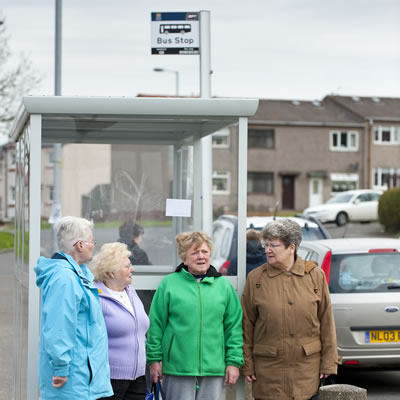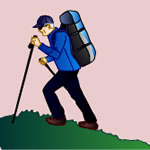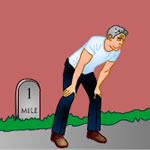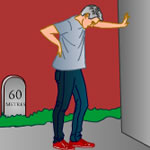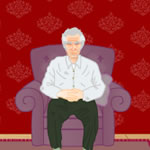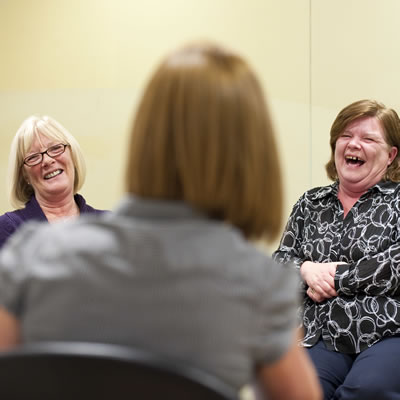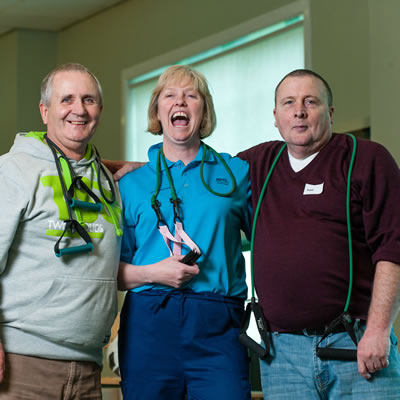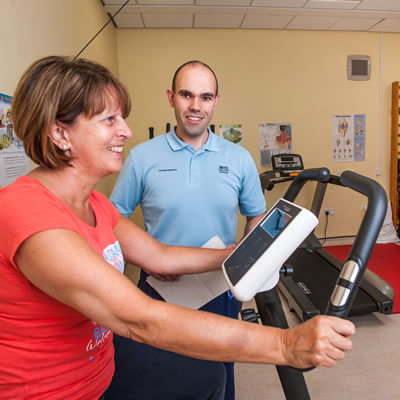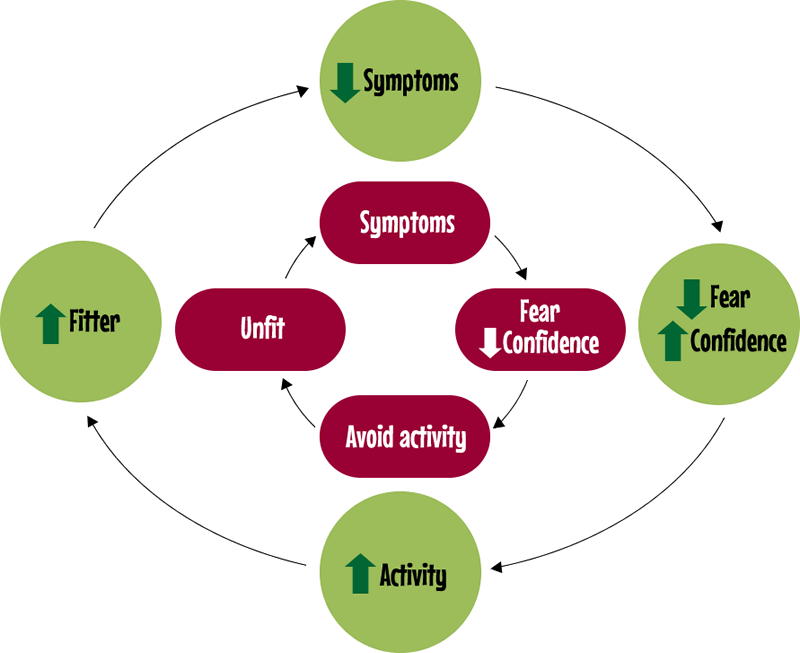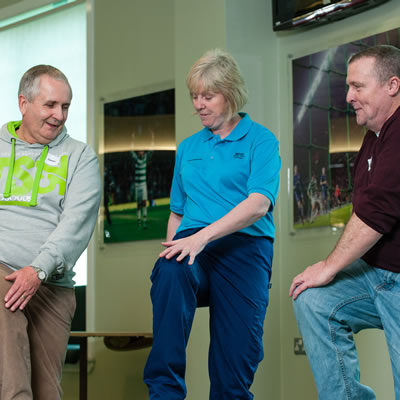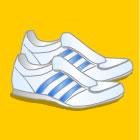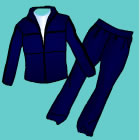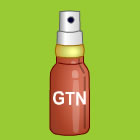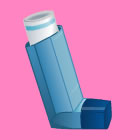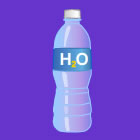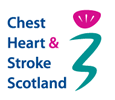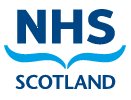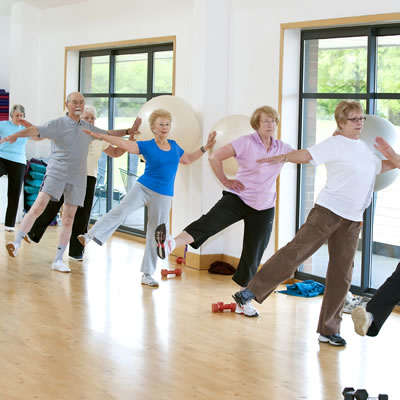
© Crown Copyright 2009
The best way to get the most from pulmonary rehabilitation is to maintain or improve your fitness after the programme of sessions have finished.
We know that people who stop exercising after pulmonary rehab can lose the benefits they had gained.
The only way to maintain your improved way of life is to carry on with exercise.
If you have just recovered from an exacerbation you should gradually build up your levels of exercise and activity. You should not expect to just pick up the same exercise level you had before you were unwell. Step back and take your time to regain your activity level.
Ask about:
- Chest Heart & Stroke Scotland affiliated groups.
- BLF breatheasy groups.
- Council or leisure centre classes.
- Local activities within your community such as walking groups, Tai Chi, aqua fit and many others.
- A personal exercise plan to do at home.
- Singing and COPD groups to help with breathing, confidence and as a social outlet.
For more information please contact the Chest Heart & Stroke Scotland Advice Line on 0808 801 0899.


